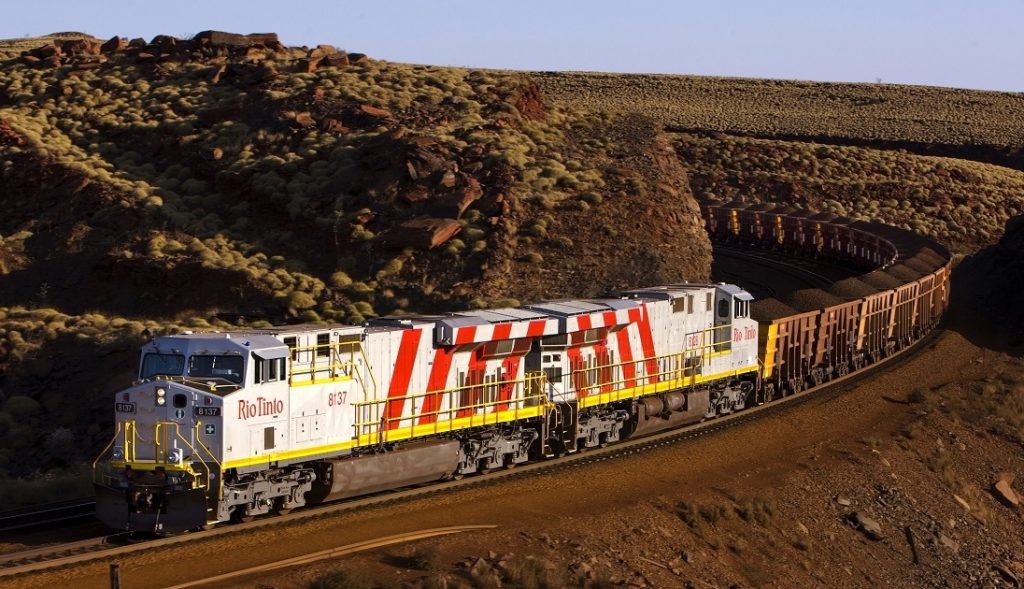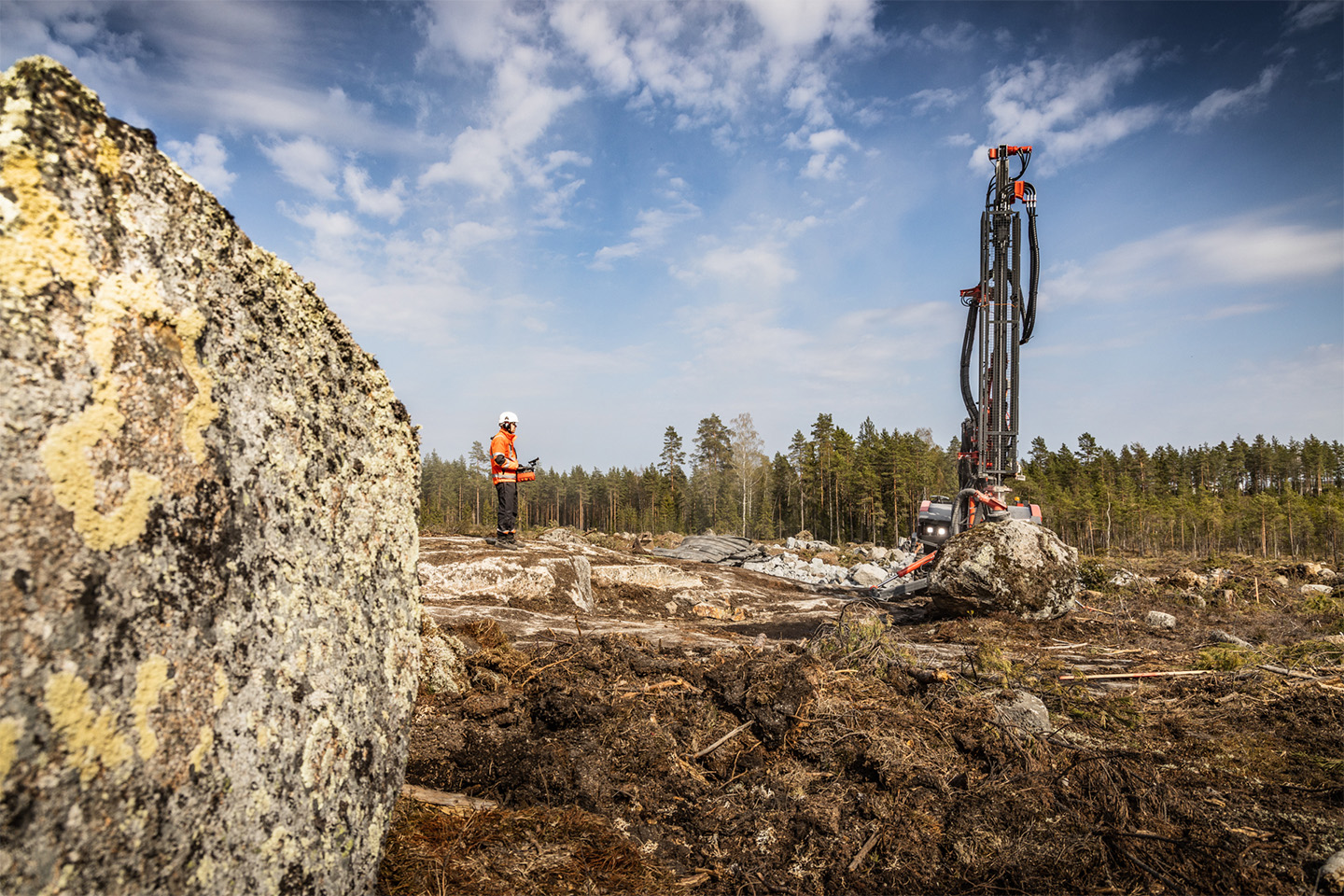Rio Tinto rolls out ‘world’s biggest robot’ in Pilbara

After more than a decade, mining giant Rio Tinto (ASX, LON, NYSE: RIO) has officially rolled out its A$1.37 billion ($940m) autonomous train fleet, said to be the world’s largest robot, which the company says will introduce more flexibility and efficiency to its operations in the Pilbara region of Western Australia.
The completion of its AutoHaul plan, part of the “Mine of the Future” project Rio launched in 2008, will allow the miner to transport iron ore from 16 mines to ports in Dampier and Cape Lambert.
The autonomous system also removes the need for almost 1.5 million kms of road travel per year previously required to transport drivers to and from trains mid-journey, Rio said.
The 2.4-kilometre-long fleet, which is monitored remotely from an operations centre in Perth, now travel across a network of 1700 km of railway tracks. Since first deployed last year, those driverless trains have safely travelled more than 4.5 million km, Rio added.
The AutoHaul plan, part of the “Mine of the Future” project Rio launched in 2008, will allow the miner to transport iron ore from 16 mines to ports in Dampier and Cape Lambert
Getting to this point was not easy. The actual commissioning of the autonomous trains project was put off a few times, partly due to software problems. The first autonomous rail trip was finally completed in October 2017, thanks to the collaboration of project partners from Japan, US and Australia.
Western Australia’s Minister for Mines and Petroleum, Bill Johnston, said the conclusion of the AutoHaul project was a world-first and an example of the strength of the state’s resources industry.
“It has brought the rail freight industry in this country into the 21st century and is rightfully the subject of global interest,” Johnston said in the statement.
The world’s No.2 miner is also expanding its fleet of autonomous haul trucks, also controlled from Perth, with 30% of its fleet, or about 130 trucks, to be autonomous by the end of the year.
The autonomous system allows trucks to be operated by a central controller rather than a driver. It uses pre-defined GPS courses to automatically navigate roads and intersections and knows actual locations, speeds and directions of all vehicles at all times. The so-called AutoHaul plan is part of the “Mine of the Future” project the company launched in 2008 and which also included the introduction of autonomous haulage trucks, automated drilling and the roll out of an operations centre near Perth airport.
{{ commodity.name }}
{{ post.title }}
{{ post.date }}


Comments
marco antonio ascencio
Excelentes publicaciones, felicidades por tener este medio de difusion del sector minero.